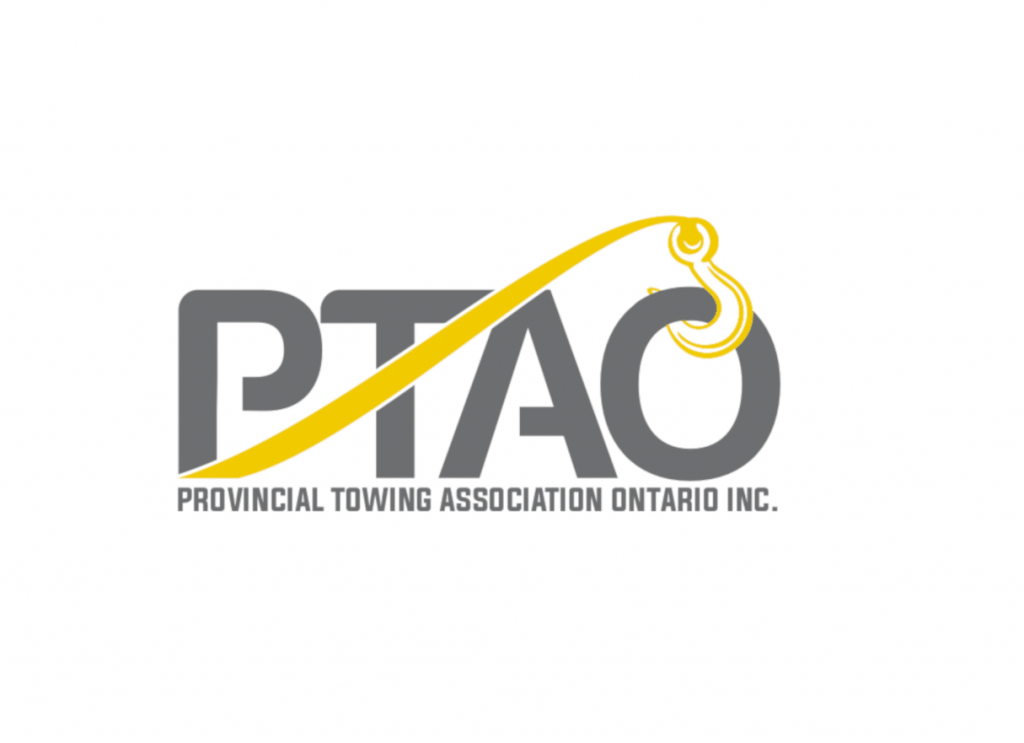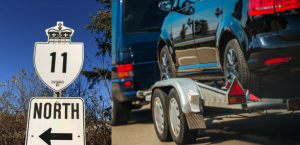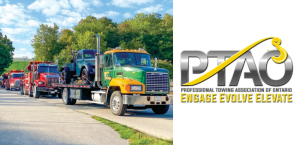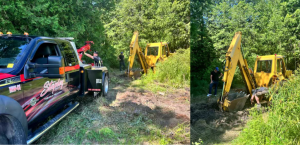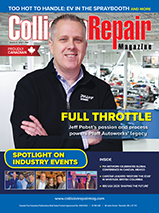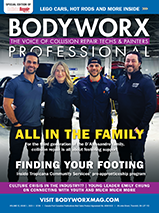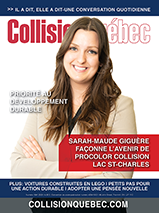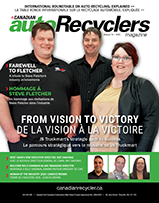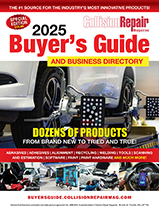Following the publication of a CBC story, Canadian Towing Professional spoke with PTAO’s president, Mark Graves and PTAO’s Fair Towing Ontario Task Force co-ordinator John Henderson.
Graves expressed concerns about how the quote was used.
“I wish there had been more of an emphasis on the ‘as high as’ part of the quote,” said Graves.
Graves cautions readers that the figure stated is not representative of the entire industry in Ontario. It more represents localized areas in large urban centers. He also feels statements such as these should not have been used in isolation.
“If you have one legitimate business with a 100-truck fleet, and 100 single-truck operators that are not following the rules, you could report the statistics in any number of ways,” says Graves
Henderson goes further and says that putting any hard numbers on how widespread criminal behaviour within the GTA towing sector would require an accurate assessment of how many companies and drivers actually exist. Currently, there is no system in place to quantify the towing industry. This makes it impossible to know the percentage of good and bad operators within the industry.
“According to the Ontario Highway Traffic Act, any vehicle that is capable of towing another vehicle qualifies as a tow truck,” says Henderson.
“In our presentations to government figures, we have made changing the definition of tow trucks in the Highway Traffic Act as one of our top priorities,” says Graves. “We put together a significant presentation on what a tow truck is and is not.”
Graves says Henderson isn’t the only member of the towing community to see his words get printed without proper context—in fact, he says he has had something similar happen to him on several occasions.
“I’ve had 20-minute interviews cut-down into 15-second sound bites. [Interviewers] clip a few words, and, all of a sudden, they’ve completely changed the context of the statement.”
Systemic media bias against the towing community
Graves feels that members of the press are prone to highlighting the wrong-doings of towing industry professionals while giving a pass to other members of other industries involved in the same crimes.
According to Graves, reports of wrongdoing in the broader automotive aftermarket tend to be harder on members of the towing sector than other industries facing related allegations.
Graves says this persistent bias can be seen in the CBC article.
The piece opens with the line: “Several organized crime groups working in the towing industry have been using violence and property damage as a way to grab control and territory within southern Ontario, York Regional Police said Tuesday, while announcing multiple arrests.”
It is not until its ninth paragraph that the article makes mention of other industries police say are colluding with criminals in the towing sector—specifically physiotherapists, auto repair businesses, and rental companies.
According to Graves, the Police’s statements seem to imply that towing professionals are the originators of this type of criminal collusion. He adds that PTAO has never seen any evidence that proves this to be the case.
While the specific piece, which focuses on the actual arrest of towing business figures across the greater GTA following the recovery of firearms and narcotics at GTA towing facility locations, may have a valid reason for side-lining the specific allegations against members of other industries, Graves point can be made of a number of recent stories about the towing community.
One particularly glaring example comes from a March press release from the Insurance Bureau of Canada, Spot these five common insurance fraud scams.
While towing businesses are involved in just one of the fraudulent activities listed by the think-tank, “Inflated Tow, Store & Dent,” it happens to be the one listed first. Though this broad category also includes malfeasance by auto repairers, it is the towing sector that gets top billing in its description.
“Dishonest towing companies and auto repair shops intentionally overbill insurers, driving up insurance premium costs.”
According to Graves, reporters have been particularly unfair to the towing community since reports of the turf war began to appear in papers around the world—turning innocent towing professionals into pariahs in the public’s mind.
“They can point the finger at any industry they want – but it is the collusion that is the problem,” says Graves. “The fact is, it is not just the tow trucks. The towing companies are being led by, or working with other groups.”
Graves hopes that members of the press, who he says are more sensitive to not casting unfair blame on all physiotherapists and collision repair facilities due to the actions of bad actors, can remember that: likewise, not all towing companies are to blame.”
Industry-to-Province collaborations moving in the right direction
While the towing sector may be struggling to get a fair shake from the press, according to both Graves and Henderson, officials in government and law enforcement are more interested in working with industry figures to help combat criminal activities in the towing sector.
PTAO—through its Fair Towing Ontario Task Force—has made significant strides in the design of a Provincial licensing model that would hold companies and drivers within the towing industry responsible for their actions.
Made up of a group of towing industry stakeholders, representatives of the Ontario Provincial Police, the Ministry of Transportation of Ontario and others committed to providing safe and efficient services to the motoring public, the task force works to raise awareness about the current situation.
“The task force has set-up a website–fairtowing.ca–which includes a presentation we delivered to the government,” says Henderson. “It included videos of specific incidents that depict the types of issues that need to be resolved.
One of the videos Henderson says is particularly telling and shows a black pick-up truck acting as a blocker truck, allowing a single towing vehicle to make its way to the scene of an accident—a clear example of the type of dangerous acts that occur due to the current lack of industry regulations.
PTAO, along with the Task Force, is also working on a Provincial licensing model that Graves and Henderson believe will be a framework for a safer towing sector.
“We have provided the province with the basics of a Provincial licensing model that could significantly reduce the criminal aspects that are currently a part of towing in specific regions,” says Graves. “Sure, it won’t eliminate everything, but it is something that can be built-on, not just a rubber-band solution.”
The issue, however, may get worse before it gets better.
“One of the messages that PTAO has been pushing in recent months is that—thanks to the COVID-19 situation—a lot of companies are struggling to survive. When the economy reopens, the current situation may be exacerbated in localized areas,” Graves cautions. “Criminals—in any sector—are just following the money.”

